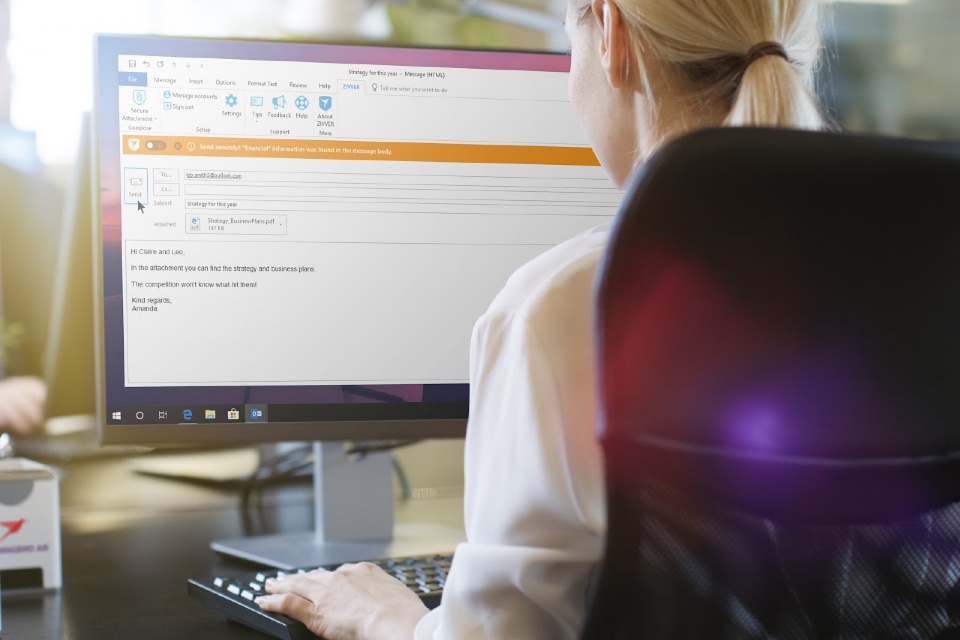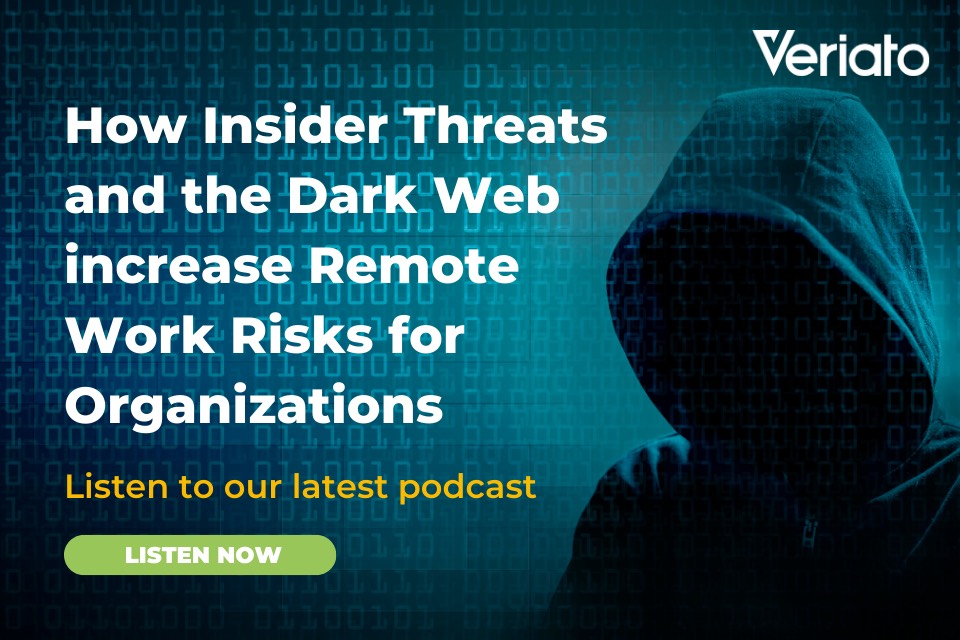Making the right hybrid choice when it comes to UC
https://cybersecureforum.co.uk/wp-content/uploads/2023/02/remote-working-drink-coffee-4749247_1280.jpg 960 640 Guest Post Guest Post https://secure.gravatar.com/avatar/cb2a67f15cd7d053d8e638a1df3fd67f?s=96&d=mm&r=gAs hybrid working strategies mature, companies are fast discovering that choice is vital. Employers need to offer a flexible approach to balance diverse home and office working preferences. But they must also provide a choice of technology options, especially in key unified communication (UC) tools. Consolidating onto a single UC platform may appear to be the best solution, but limiting every employee to a single solution can constrain productivity, undermine morale and encourage the use of Shadow IT, explains Jason Barker, SVP EMEA & APAC, IR.
Hybrid Flexibility
There is no one-size-fits-all approach to hybrid working. For every middle-aged parent revelling in the chance to do the school run, rather than sitting on a crowded train, there is a Gen Z desperate for the interaction – and warmth – of an office environment, rather than being stuck in a spartan shared flat. For every business leader bemoaning the lack of productivity, there is another embracing the impact on recruitment and ability to attract potential new talent.
Rigid hybrid strategies will never meet the needs of a diverse workforce, but a flexible attitude must extend beyond HR policies and include the UC tools used by employees. Wherever they choose to work, it is vital that employees are able to make meaningful connections, both with colleagues and business partners. They need to be confident in their ability to use a variety of tools, from video conferencing to collaboration. But are they?
Over the past two years, IT teams have accelerated strategic UC deployments in a bid to wrestle back control over corporate infrastructure. A prime objective is to put an end to the costly and high-risk Shadow IT adopted in the early days of enforced WFH, when individuals made their own choice of video conferencing, file sharing and messaging solutions. Yet many of these ‘emergency’ solutions are an employee’s WFH comfort blanket. People have adapted to their preferred tools and, where possible, adapted the tools to work for them. Attempts to close down the UC environment and restrict users to the corporate platform can backfire spectacularly. The problem is that most businesses have absolutely no idea.
Trusted Communications
Today, 85% of businesses are using two or more meeting platforms and many companies are looking to reduce costs by consolidating onto one platform. Yet how can an IT team make the right decision when the business is completely blind to the reality of UC usage and adoption? While UC performance is routinely monitored, the information is collected on a system-by-system basis. There is no visibility of the entire operation, no understanding of the way 10,000s of employees are using the systems. Businesses don’t know when individuals or teams are ignoring the corporate UC tools and opting instead for their own preferred solutions.
Even this piecemeal UC information is fundamentally limited by covering only the office environments. Companies are not monitoring the tools individuals are using at home or their preferred out-of-office locations. From coffee shops to local hubs, employees are opting to use their favourite Shadow IT solutions and side-lining the corporate standards. The result is not only an unseen and unquantified operational security risk but also a missed opportunity to understand how employees are adapting to hybrid working and any signs of a lack of engagement with the business.
Guiding Strategies
End to end monitoring of the entire UC environment, including home working, can provide the business with invaluable insight to support the evolution of hybrid strategies. Are individuals increasing their use of a certain platform? If so, is that because people prefer that solution or simply due to performance problems with the alternative? Companies cannot blithely assume that growing usage equals preference; the IT team needs to also understand if there are any issues with the solution, the network, even frustration due to the lack of personalisation options. Is there perhaps a change to mandate a single tool if staff can personalise it to suit the way they want to work?
Hybrid working will only succeed if staff are committed, engaged and able to collaborate effectively, wherever they are located. And that is far from inevitable if IT attempts to impose a solution that simply doesn’t work as well as their Shadow IT alternative. Clearly it is essential that everyone uses the UC solutions that are purchased, implemented and run by the corporate IT team – and that the infrastructure is secure, compliant and well managed. Choice is key. To offer employees the right choice, it is essential to understand how UC platforms are working at home and in the office, for both individuals and the business.










